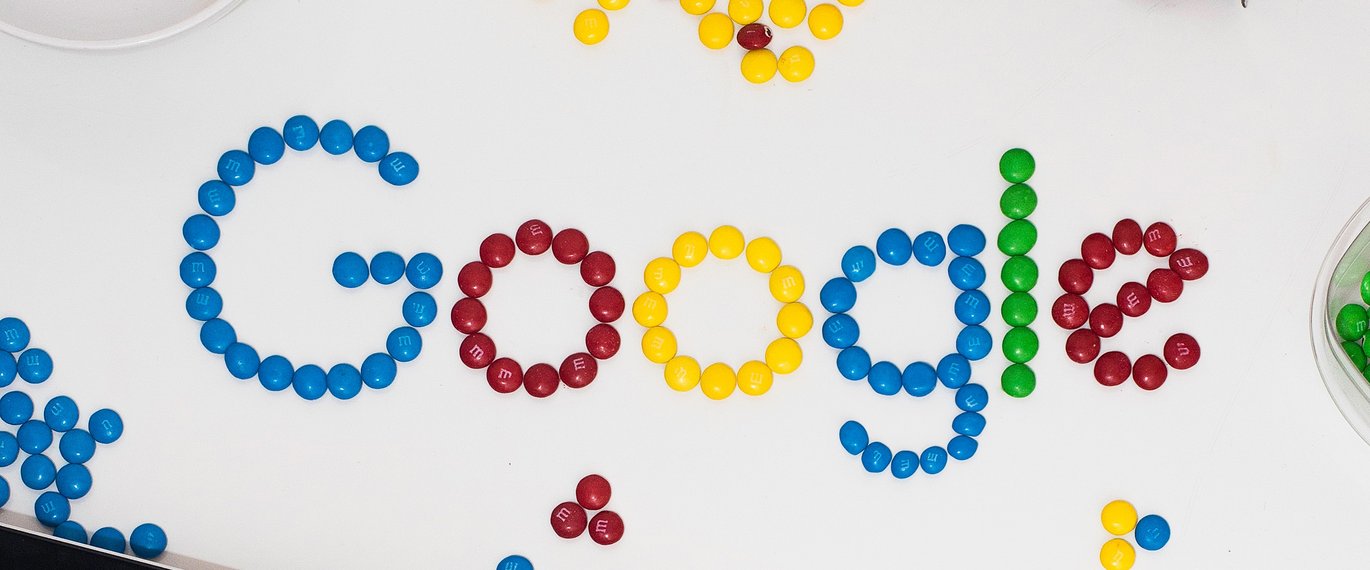Machine translation
Google Translate: Proceed with caution

Many of us feel tempted to use Google Translate (GT), and the translation tool does have its benefits: It is quick, it is free and it is easy to use.
However, using GT requires that you critically read through the translated text and make corrections accordingly. If you are not sufficiently vigilant, you risk being left with an unprofessional, ungrammatical, incoherent and, at worst, incomprehensible text.
This is, among other things, due to the following:
A large part of a translator’s work consists in understanding the text, enabling him/her to choose the right terminology. By contrast, GT does not take account of the context. The tool translates word for word and does not consider the bigger picture, so to speak. Choice of terminology is context-dependent, and if you do not understand the context, the result may be some rather peculiar word choices. Below are two examples from a text that treats of a dental practice:
| [...] he has probably been too busy with crowns and plumps* […]. | *fillings | ||||
| [...] he thought a penny** was needed […]. | **crown |
Yet another example of GT’s lack of ‘overall understanding’ is evident in the translation of proverbs, which rarely translates directly into another language.
| Danish proverb | GT's translation | Correct translation |
|---|---|---|
| At skyde gråspurve med kanoner | To shoot gray sparrows with guns | Use a sledgehammer to crack a nut |
| Han slog to fluer med et smæk | He struck two flies with a bang | He killed two birds with one stone |
| En elefant i en porcelænsbutik | An elephant in a porcelain shop | Bull in a china shop |
Audience adaptation is an integral part of a translator’s tool box. Knowing your audience is essential for adapting the text in terms of linguistic level, etc. What is the knowledge level of the receiver of the target text, how explanatory should the text be, should the stylistic level be high? Again, the word-by-word translation approach of GT fails to take these things into account.
There is not a one-to-one relation between two languages, and GT has not (yet) reached a stage where it is able to handle this fact. Successful translation is about communicating the message and ideas of the source text in a different language to another culture. The numerous factors involved in this mean that it cannot be left to a machine that has been programmed to simply replace one word by another.
Therefore: If you are using GT (e.g. for inspiration), it is vitally important to critically assess and adjust the translation produced instead of just using it as is.